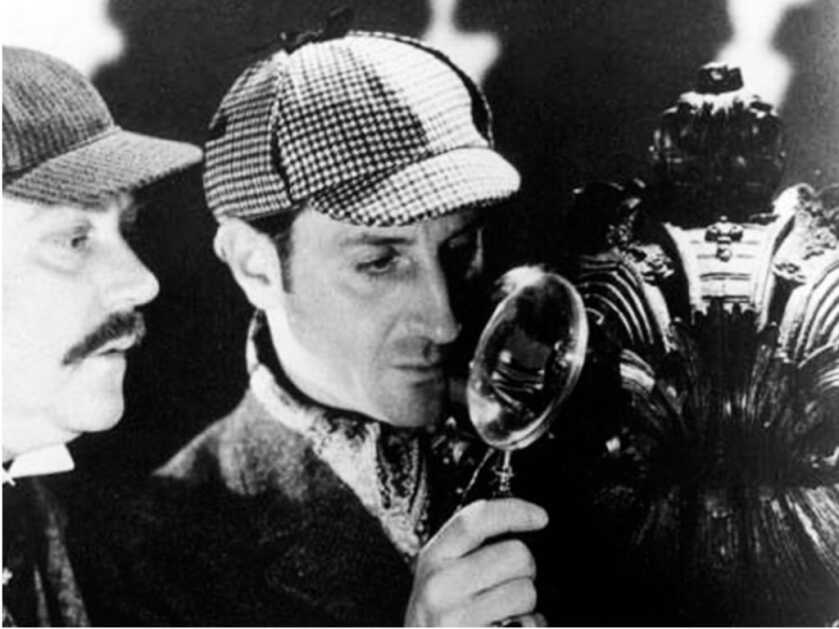
Sir Arthur Conan Doyle’s fictional detective Sherlock Holmes first appeared in 1887 in A Study in Scarlet. In 1891 A Scandal in Bohemia debuted in The Strand Magazine, and the character’s popularity exploded. In literature, Sherlock Holmes worked as a freelance “consulting detective” using his remarkable powers of deduction and observation to solve the most bizarre crimes. The enduring popularity of the character has spawned a spectrum of wildly popular movies and television programs even today.

Holmes is as eccentric as he is brilliant. A master of disguise with an intellect that renders him almost superhuman, Holmes sees what others do not. The end result is almost like watching a 19th-century superhero at work.
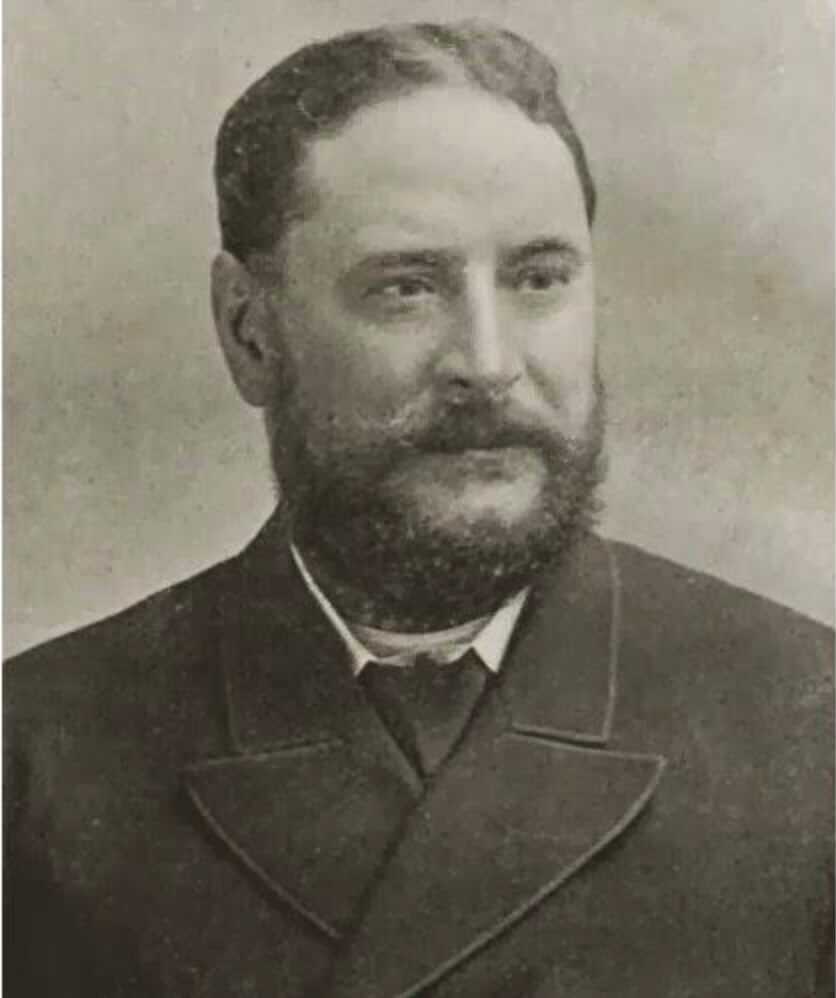
At the same time in Manchester, England, a police detective named Jerome Caminada was performing comparable feats of superhuman deduction out here in the real world. While historians question whether he actually inspired Doyle in his depiction of the super-sleuth Sherlock Holmes, the similarities remain nonetheless uncanny. In addition to some remarkable intellectual faculties, Caminada also carried a fairly rarefied handgun.
Origin Story
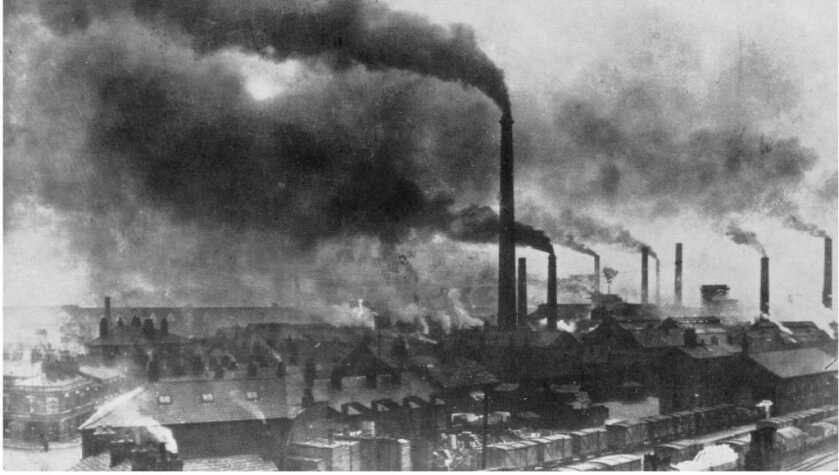
Jerome Caminada was born in Deansgate, Manchester, in 1844. His mother was Irish and his father Italian. Deansgate at the time was perfused with shoddy housing for working-class Englishmen along with the inevitable public houses and brothels that such places seem to spawn. This put the area squarely in the middle of the thriving Victorian Manchester crime world.

Caminada started out as a city engineer but transferred to the Manchester police force in 1868 at the age of 24. Four years later he was promoted to Sergeant and assigned to the fledgling detectives’ division. During a career spanning 31 years, Caminada was widely respected on both sides of the law. Many uneducated local criminals referred to him as Detective Jerome as they had difficulty pronouncing his last name.
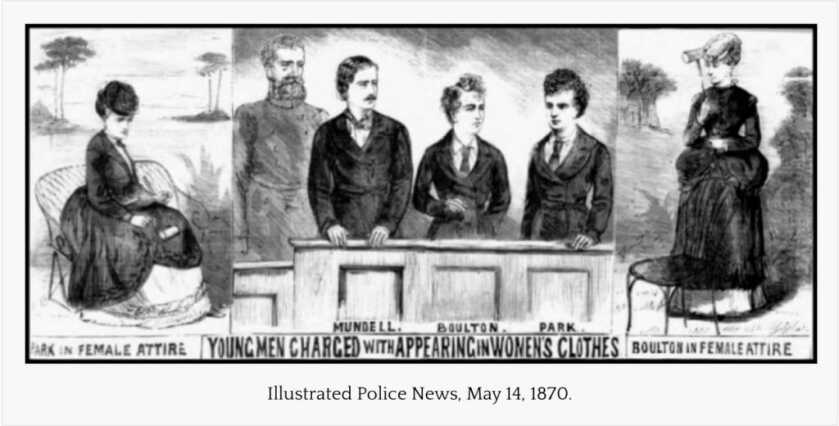
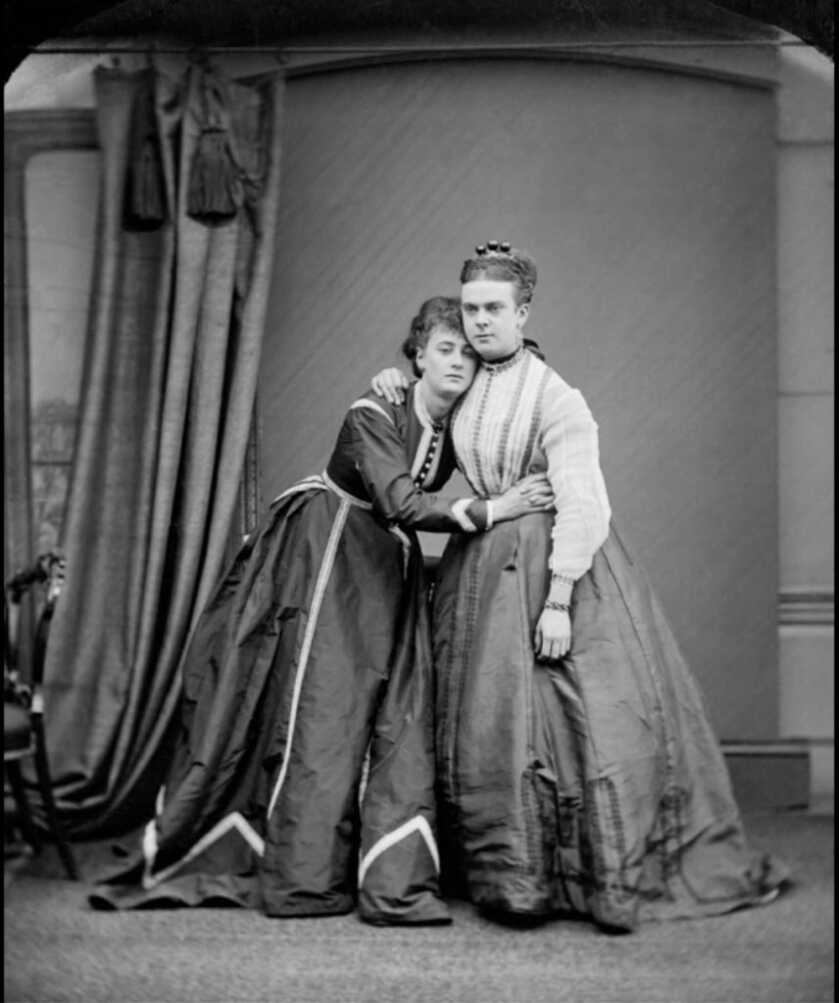
Caminada’s career was characterized by some of the most remarkable adventures. In 1880 he led a team of police that raided a cross-dressing ball in the Temperance Hall in the community of Hulme. Homosexual activity was against the law in Victorian England. The raid netted some 47 arrests. Roughly half of the men were dressed in drag, while the other half were attired in opulent male finery. Entertainment was provided by a blind accordion player specifically chosen for his inability to spy on proceedings. In order to avoid the scandal of a public trial over such widespread male prostitution, the local magistrate simply imposed surety bonds on each suspect. It was obviously a very different time.
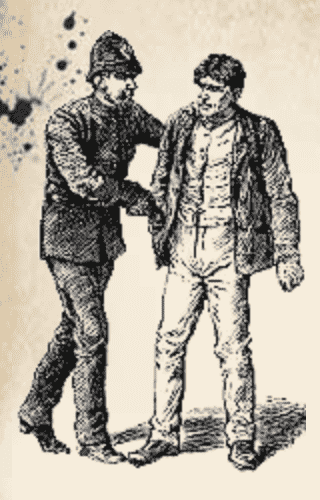
Caminada employed unconventional methods but consistently got results. He was renowned for going undercover in elaborate disguises in order to obtain evidence against criminals. Like Sherlock Holmes, he also maintained an extensive network of seedy informants. He would typically meet his sources on the back row of St. Mary’s Church, a spot known as the Hidden Gem.
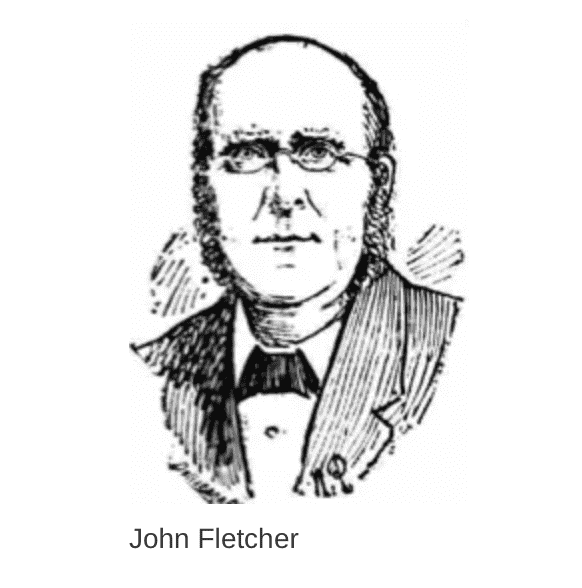
Jerome Caminada’s most famous case was the Manchester Cab Murder. On the evening of February 26, 1889, a wealthy and respected businessman named John Fletcher hailed a cab from Manchester Cathedral while in the company of a young man. Fletcher and his companion had frequented several drinking houses that evening, and he was obviously intoxicated.
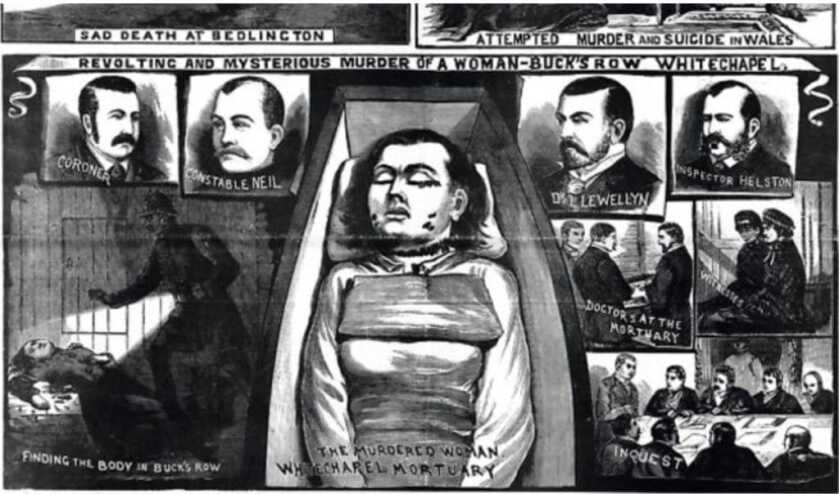
The cab became trapped in traffic by a street performance of Mexican Joe’s Traveling Wild West Show. With the cab immobilized the young man leaped out and disappeared into the crowd. John Fletcher was subsequently found to be demised.
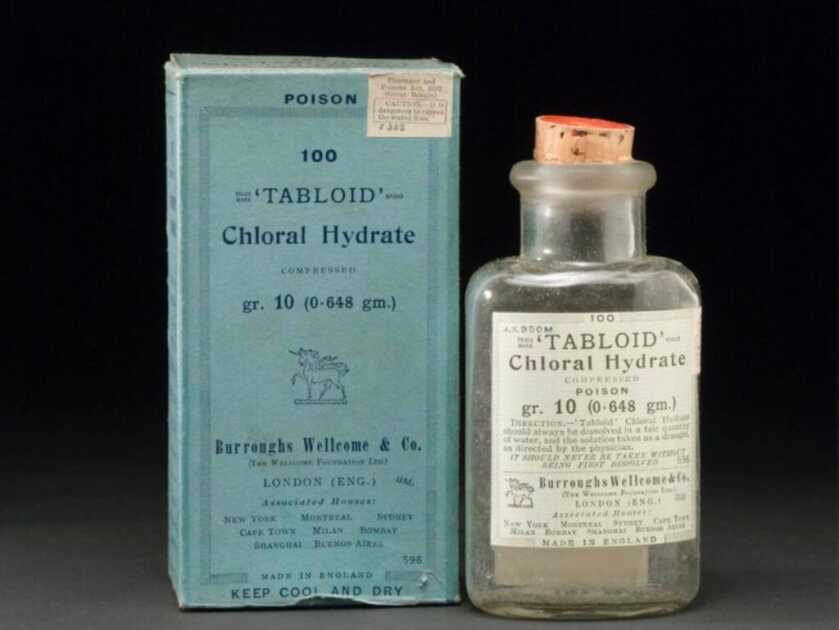
The local surgeon postulated that Fletcher had expired from a combination of excessive alcohol and chloral hydrate, a common sleep aid. The chloral hydrate was detected in the dead man’s stomach contents on autopsy. However, Fletcher’s body was found to be devoid of money or valuables. Caminada suspected foul play.
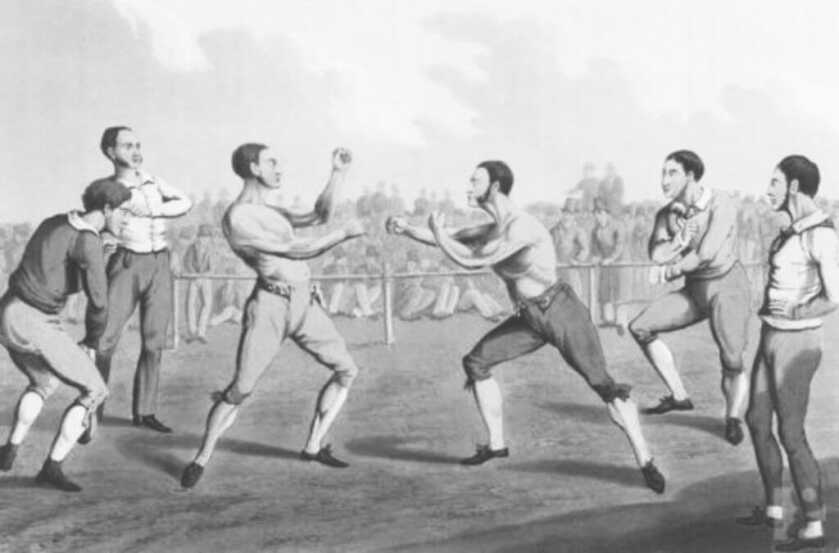
In addition to its sleep-inducing effects, chloral hydrate was also used in illegal prizefighting. Some unscrupulous fighters would slip their opponents a mickey of the stuff to render them less formidable in the ring. With this fact as a lead, Caminada used his encyclopedic knowledge of the Manchester underworld to identify a man matching the verbal description of Fletcher’s companion. He settled on one Charlie Parton, a well-known local boxer. Parton was also the son of a local beerhouse keeper known to use the drug on fighters so as to rig the betting.
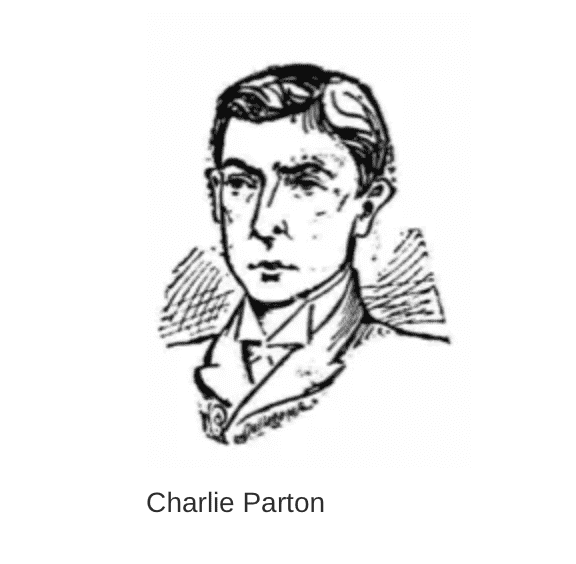
Charlie Parton was actually originally from Liverpool. The fact that Caminada could recognize him simply from verbal descriptions does indeed speak to his exceptional intellect. Caminada also recalled having heard of a recent theft of chloral hydrate from a Liverpool druggist. During his investigation, he found two other men who appeared to have been drugged and robbed while in the company of Charlie Parton as well. Caminada awakened him from sleep and arrested the 18-year-old boxer at his home.
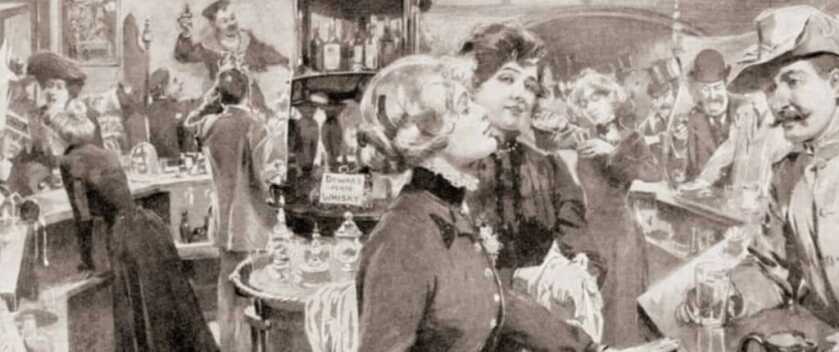
Sundry medical experts weren’t much help given the rudimentary nature of science in the day. However, Caminada successfully located a witness who could attest that he saw Parton pour liquid from a small vial into Fletcher’s drink while at a pub that fateful evening. Parton was convicted and sentenced to death, though the sentence was eventually downgraded to life in prison. It had taken Jerome Caminada just three weeks to assess the case, isolate the murderer, and bring him to justice.
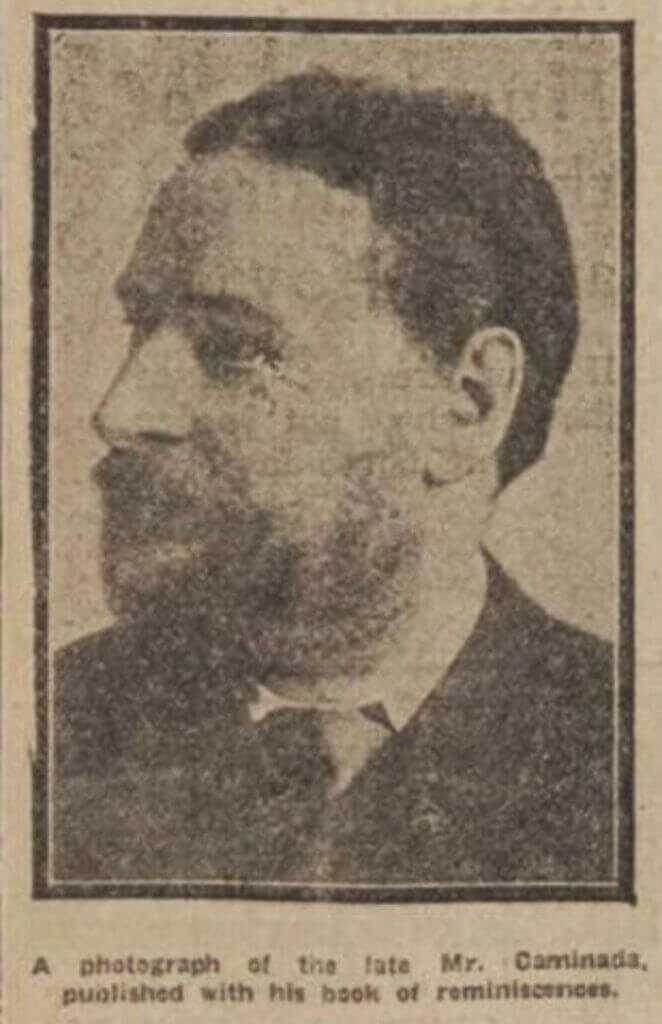
The successful and timely resolution of this case was widely publicized. As it occurred during Sherlock Holmes’ heyday this brought Caminada a great deal of notoriety. Over the course of his career, Caminada was personally responsible for imprisoning 1,225 criminals and closing 400 public houses. This all conspired to make Jerome Caminada quite a few enemies.
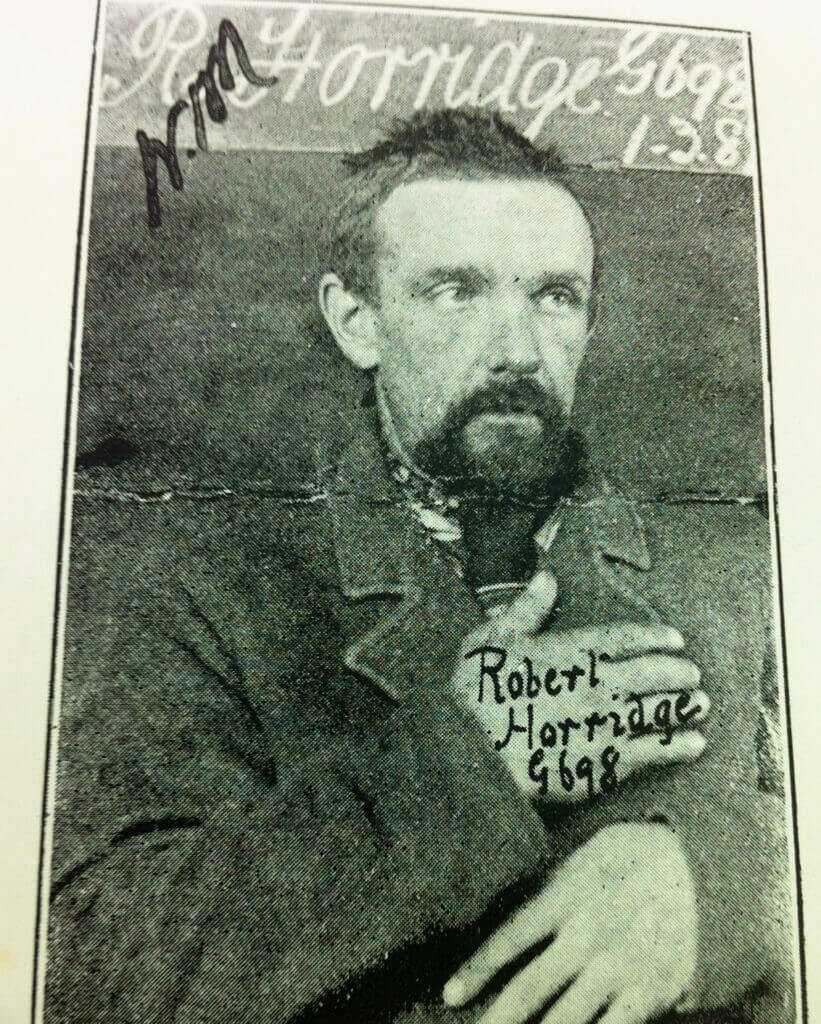
Bob Horridge was considered the apex criminal in Manchester during this time. By day he worked as a blacksmith. However, by night he was a violent burglar and armed robber. Throughout much of his career, Horridge was considered Caminada’s arch-rival. Every superhero needs a supervillain, and Bob Horridge was his.
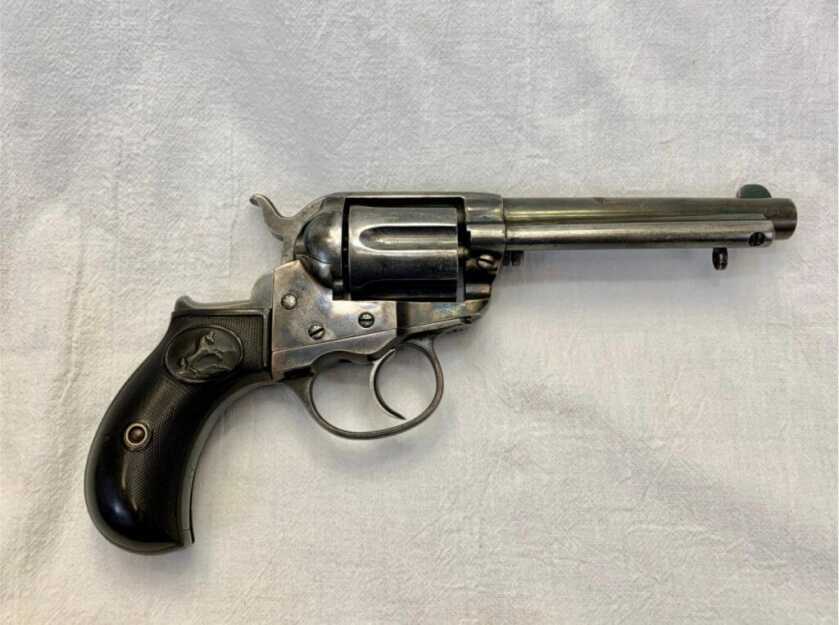
Because of repeated threats to his life, Jerome Caminada carried a handgun as a matter of course. His weapon of choice was a Colt Lightning double-action revolver. By the standards of the day, the Lightning reflected the state of the art.
The Gun

The Colt M1877 Lightning was an advanced single action/double action variant of the venerable 1873 Colt Single Action Army. Offered in .32 Long Colt, .38 Long Colt, and .41 Long Colt, these weapons were known as the Rainmaker, the Lightning, and the Thunderer respectively. All three guns shared a common action and carried six rounds onboard.

These names were in common use but did not originate with Colt. One of Colt’s major distributors, Benjamin Kittredge, coined the terms as marketing tools. He called the Colt M1878 double-action pistol the “Omnipotent.” Kittredge was also responsible for originating the timeless moniker “Peacemaker” for the Single Action Army.
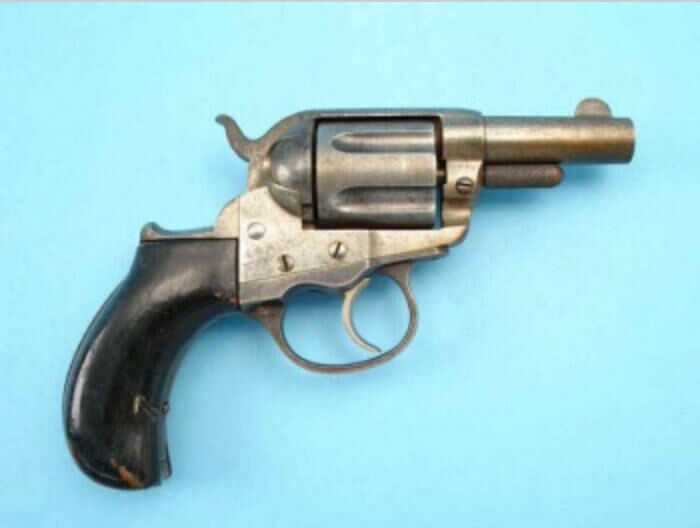
The guns came in either nickel or case hardened/blued finishes with barrels ranging from 2.5 to 7.5 inches. Short-barreled versions lacked an ejector rod and were called “Shopkeeper’s Specials” in the advertising material of the era. The early double-action mechanism was not terribly robust. This propensity to fail earned the gun the unofficial and unflattering sobriquet “the gunsmith’s special.”
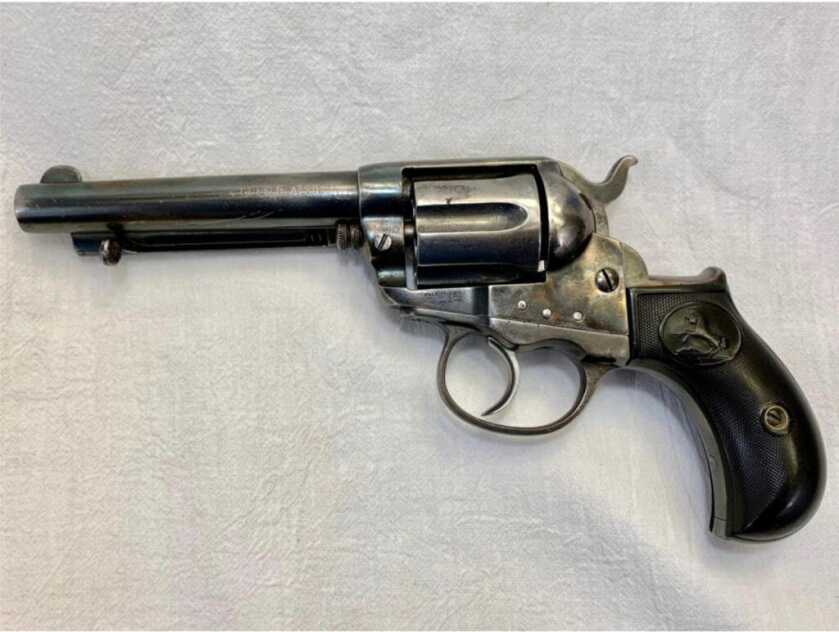
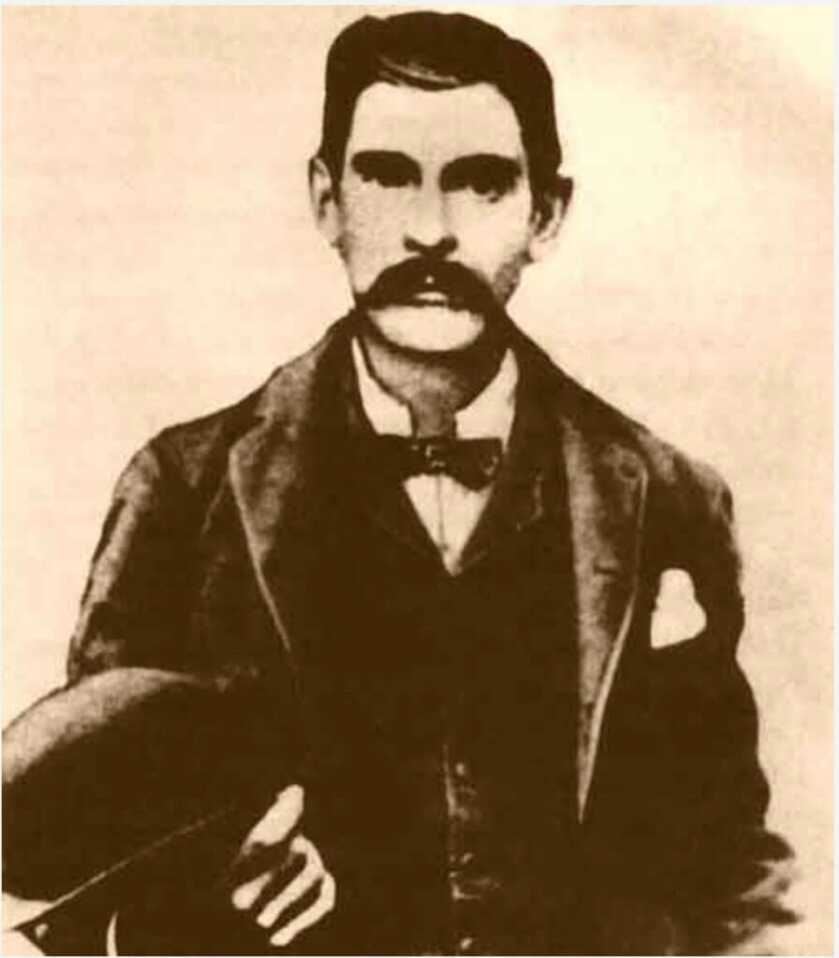
Should the double-action mechanism fail the gun would still fire in single-action mode. Regardless, the incrementally better speed a gunman might obtain from a double-action pistol made the M1877 quite popular. The shootist John Wesley Hardin was a fan. Doc Holliday carried a nickel-plated copy as well. Billy the Kid was packing a .41-caliber version when he was gunned down by Pat Garrett in 1881.
The Rest of the Story
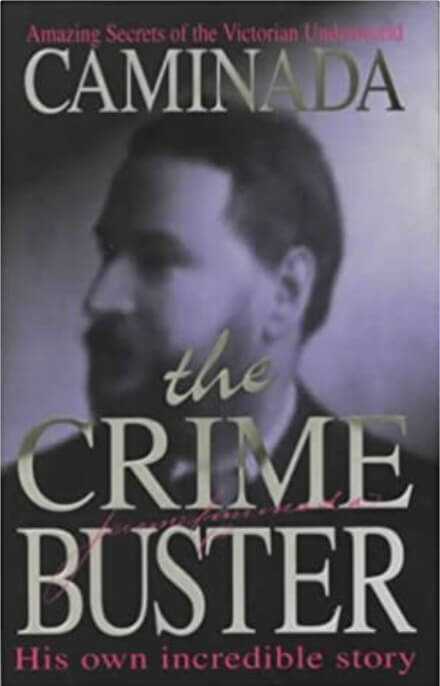
In 1895 Caminada published the first half of his autobiography under a pseudonym. Following his retirement from Law Enforcement in 1899 at age 55 Jerome Caminada served as a private detective, an estate agent, and a member of the Manchester city council. In 1901 he published the second half of his autobiographical work, this time under his own name. Selected components of each tome were combined to make the book Caminada–Crimebuster in 1994.
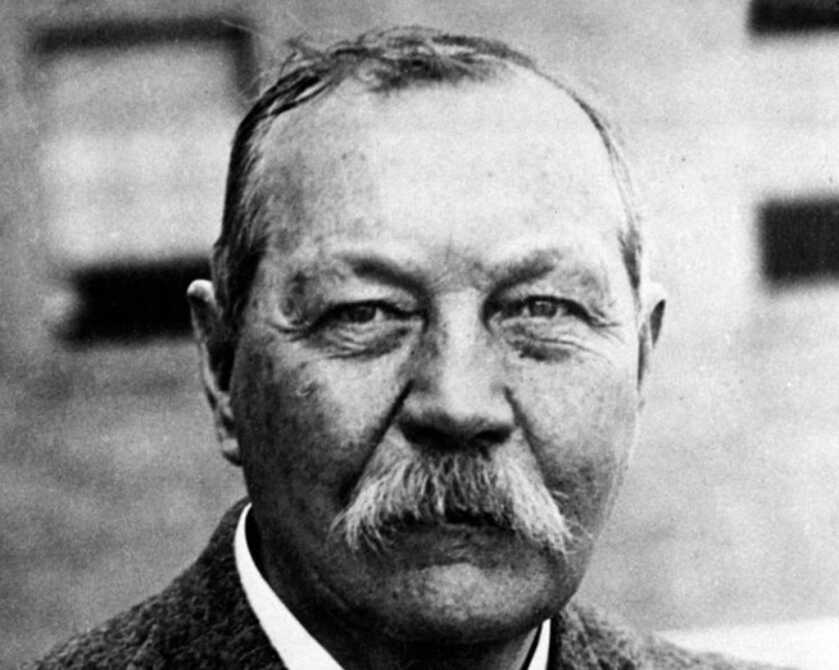
While the assertion is disputed, there are those historians who do actually feel that Caminada inspired Doyle’s depiction of Sherlock Holmes. The two detectives, one real and the other fictitious, came to prominence at the same time. The parallels between the two men’s stories were indeed compelling. Angela Buckley, an esteemed British historian, referred to Caminada as the “Garibaldi of Detectives.”

Caminada came from exceptional stock. His grandnephew, Jerome (Jerry) Charles Caminada, was born in 1911 in South Africa and worked for a time as a journalist. This younger Caminada served during WW2 and was captured by the Germans while fighting in Belgium. He escaped from a Polish POW camp and evaded all the way back to England. He then joined the Royal Navy and served throughout the rest of the war.
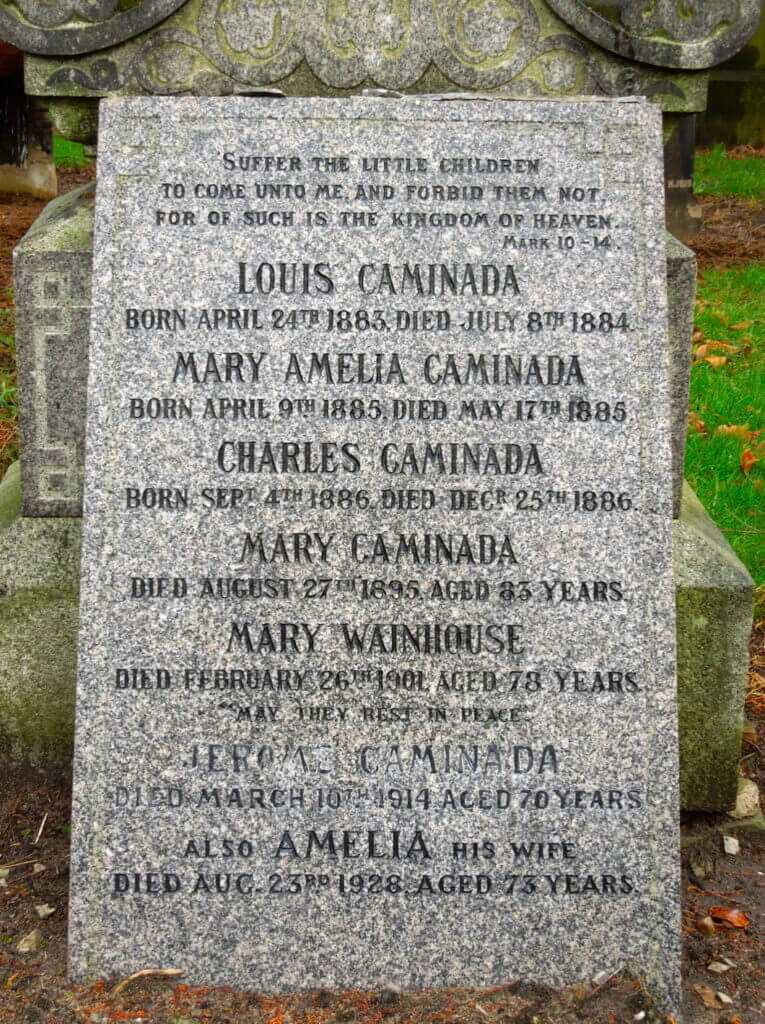
In 1913 Caminada was injured in a bus accident in North Wales. Though he seemed to recover acutely, he took a turn for the worse and died a year later at age 69 at his home in Manchester. 1914, the year of his death, also marked the release of the final Sherlock Holmes book. The parallels seem somehow fitting.
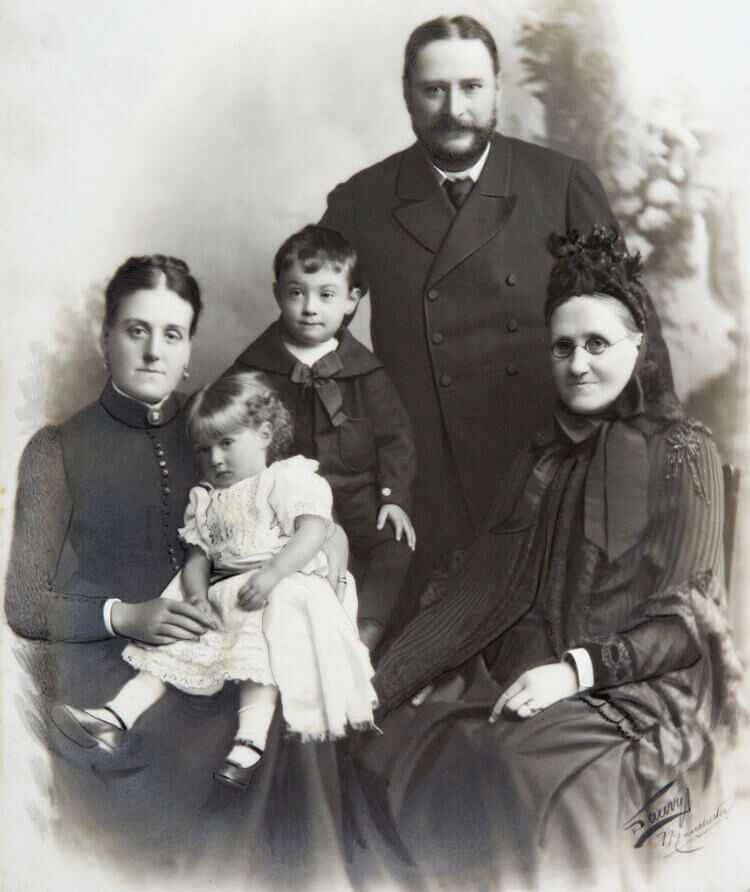



No actor captured the essence of Holmes as described by Doyle better than Jeremy Brett. Holmes was almost certainly an amalgamation of more than one person, and Caminada is a likely one.
Seems one of the better candidstes for holmes; as well, there are several posthumous claimants for indiana jones, . My favorite holmes, will always be michael caine, tho downey is marvelous. And theyre still arguing shakespeare-or-not, so this will of course not convince some who have their own better choice. Bring’em all together in a big book!
Well now we need to know about the Bob Horridge/Jerome Caminada situation.
We wait with breath bated, Dr. Dabbs…
A very interesting article. Too bad we don’t have him around now.
An excellent article. I might have to pickup the book on Caminada’s life.